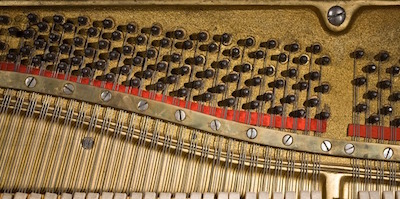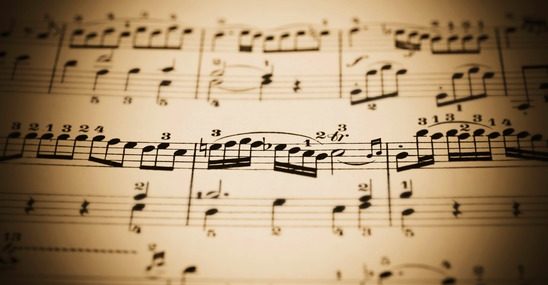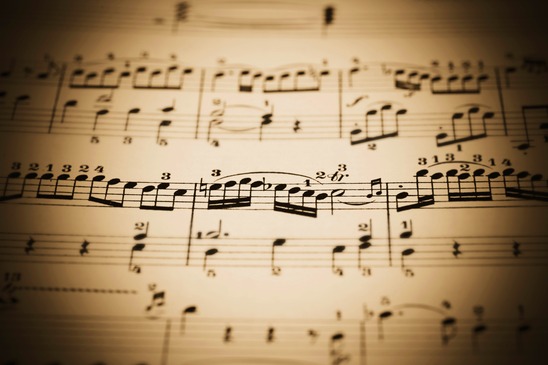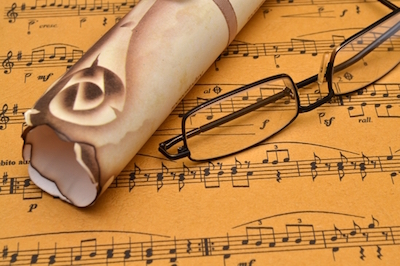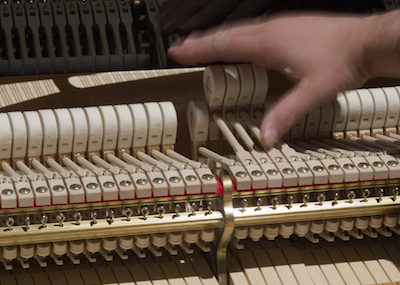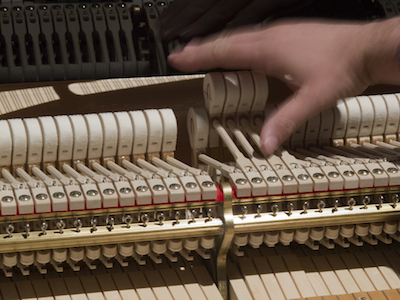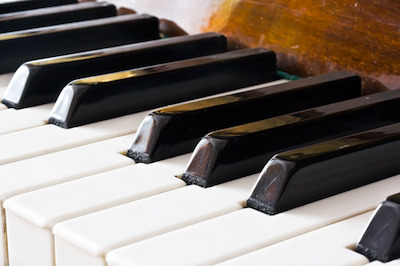If you’ve been experimenting with creating good feng shui within your home, You’ve heard about the five feng shui elements.
Thousands of years ago, the feng shui masters were exploring the dimensions of Universal energy called Chi. Their goal was to map the influence of this energy as it applies to human well-being. Their findings determined that in order to have good Chi, or Universal energy, and to promote health and vitality, several specific elements must be present. They are: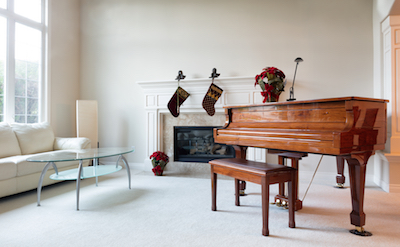
- Wood
- Fire
- Earth
- Metal
- Water
Each is expressed in specific colors, sounds, body organs, compass directions, planets, etc. And while feng shui can take a lifetime to master, some feng shui interior decorators spend years developing their skills, you can still achieve enormous improvement to any space with even the basic elements in mind.
Using feng shui in your home requires defining all five elements according to the bagua – your home’s energy map. The bagua tells you where things should be placed according to their proper location in your home. Each direction of your house – north, northeast, east, southeast, etc) offers a different energy, so placing different things in your home according to the grid will allow different energy fields into your home.
Most grand pianos are black – the color of mystery and sophistication – and should be placed in the most northern area of the house. The element for north is water and is symbolized by black and blue colors. North is also the area for career and life path, which provides the element of “vitality, growth and unlimited vision.”
By placing a grand piano in this area, you’re encouraging sophistication, creativity, power and success into your career and life path. You’re giving your life an added boost of energy in your growth and development.
While feng shui might not always work with the layout of your home, it is an interesting thing to keep in mind the next time you have the desire to remodel your home.
Have you used feng shui when placing a piano in your home?

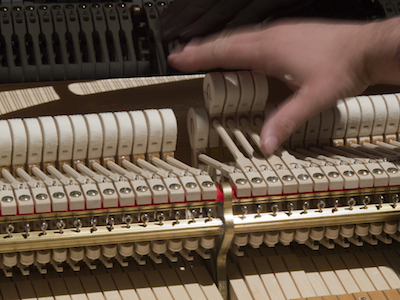 Repairing a piano isn’t brain surgery. Yet a piano is a delicate instrument with thousands of parts that work together to create beautiful sound. And if even one piece isn’t working up to par, it can impact the sound entirely.
Repairing a piano isn’t brain surgery. Yet a piano is a delicate instrument with thousands of parts that work together to create beautiful sound. And if even one piece isn’t working up to par, it can impact the sound entirely.